As a spiritual site that attracts many Buddhists, the Tay Phuong Pagoda stands out for its architectural works and rare masterpieces of religious sculpture. This article will introduce you to the Tay Phuong Pagoda in Hanoi. Hopefully, it will be useful to you during your Hanoi trip.
1. Location of Tay Phuong Pagoda
Also known as Tay Phuong Co Tu, Tay Phuong Pagoda is known as the second oldest pagoda in Vietnam (after the Dau Pagoda in Bac Ninh). Therefore, in 2014, the government recognised Tay Phuong Pagoda as a special national monument of architectural and artistic value. The pagoda is located about 40 km from the centre of Hanoi centre, so getting around this place is not too difficult and many different means can be used.
Address: Cau Lau hill, Yen village, Thach Xa commune, Thach That district, Hanoi
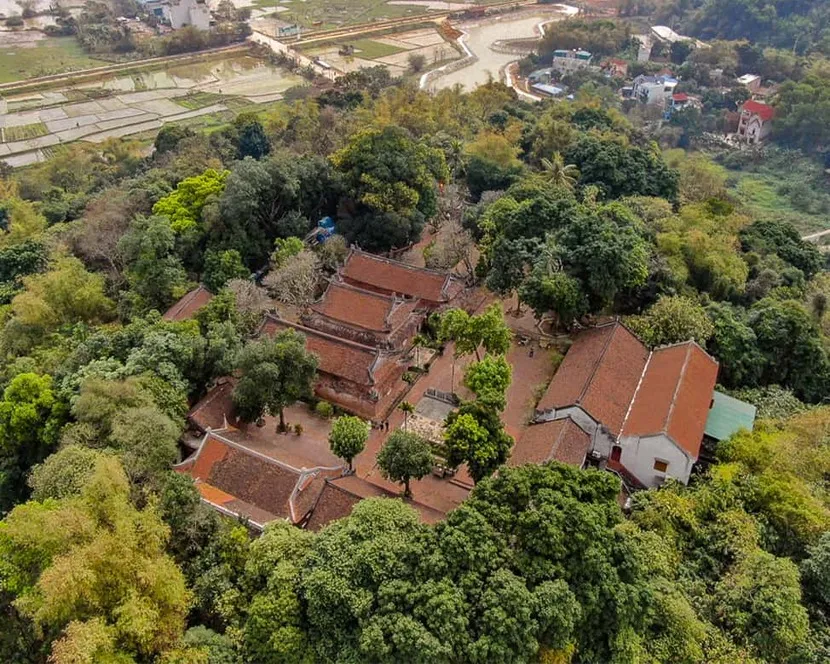
2. Tay Phuong Pagoda history
According to a legend, the birth of the pagoda is associated with the process of the spread of Buddhism in Vietnam. For several centuries, the story of the pagoda's birth has been associated with Cao Bien - the Tang Dynasty ruler (864 - 868) who once ruled Annam and came here to build religious architecture, with the intention of blocking off places with important spiritual positions in the country. However, the legend still remains a mystery.
According to historical information, the Tay Phuong Pagoda was built around the 8th century and is the second oldest pagoda after the Dau Pagoda in Bac Ninh.
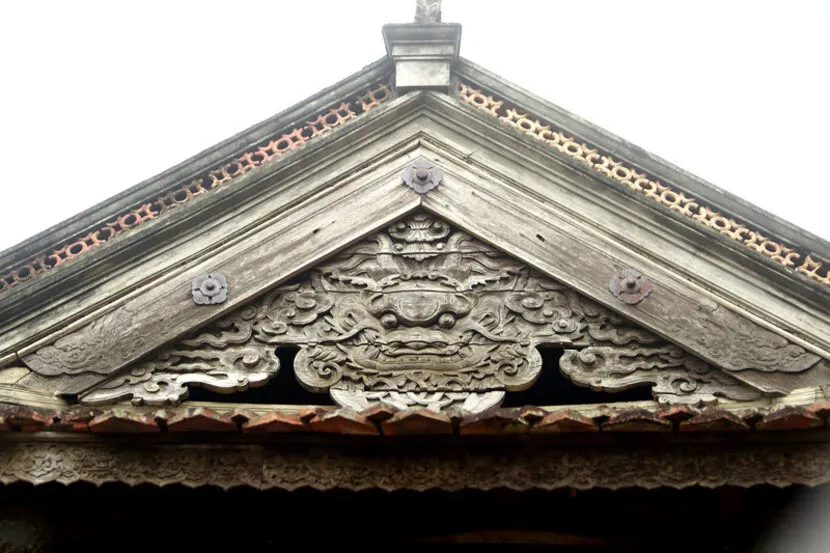
In 1632, during the reign of King Le Than Tong, the pagoda was built with the upper hall divided into 3 compartments and the corridor with 20 parts. Around 1657-1682, Lord Trinh Tac ordered the old pagoda to be demolished and a new one to be rebuilt. In 1794 under the Tay Son dynasty, the pagoda was completely renovated with a new name of Tay Phuong Co Tu and the architecture of the pagoda remains as it is today.
3. The architecture of the Tay Phuong Pagoda in Hanoi
Tay Phuong Pagoda is located at the top of Cau Lau Hill. To reach the main gate of the Tay Phuong Pagoda you will have to take 239 mossy laterite steps. The pagoda comprises three halls that are placed parallel to each other.
The terracotta roofs of the three main halls are meticulously carved, decorated with many patterns of flowers, leaves, dragons and phoenixes. The exquisite architectural style, wood carving and decorative motifs of the Tay Phuong Pagoda show the sophisticated technical level and talent of the Vietnamese in the past.
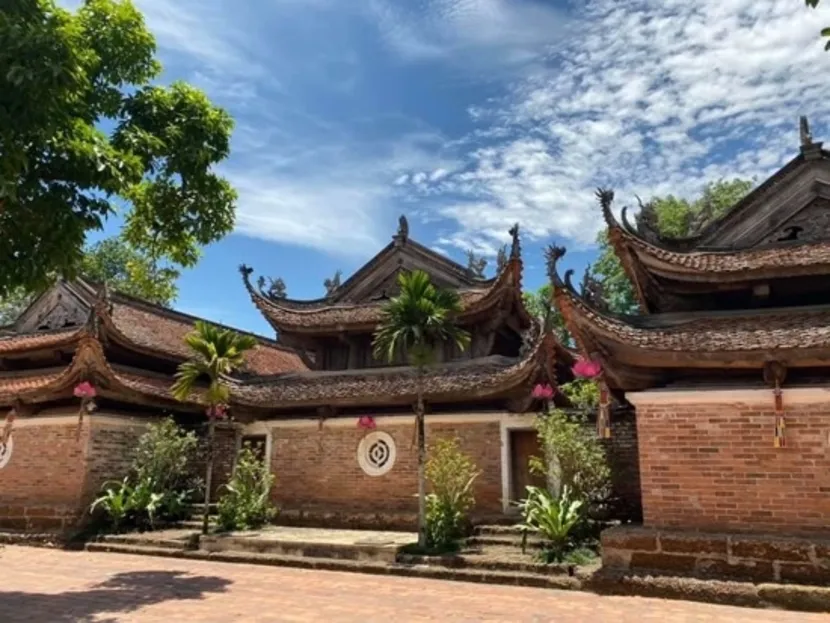
The Tay Phuong Pagoda is presently a spiritual complex, including the following spaces: Tam Quan Ha (Lower Gate), Tam Quan Thuong (Upper Gate), Temple of the Mountain God, Tien Duong (Front Hall), Trung Duong, Thuong Dien (Upper Hall), Ancestral House, Temple Dedicated to the Mother Goddesses and Guest House.
From Tam Quan Ha one has to climb 247 laterite steps to reach Tam Quan Thuong. The Mountain God Temple is located just to the left of the pagoda, separate from the main pagoda area. This temple serves both as a worshipping place of the mountain god of the 'spiritual pagoda governor' in a modest area with traditional wooden-roofed architecture.
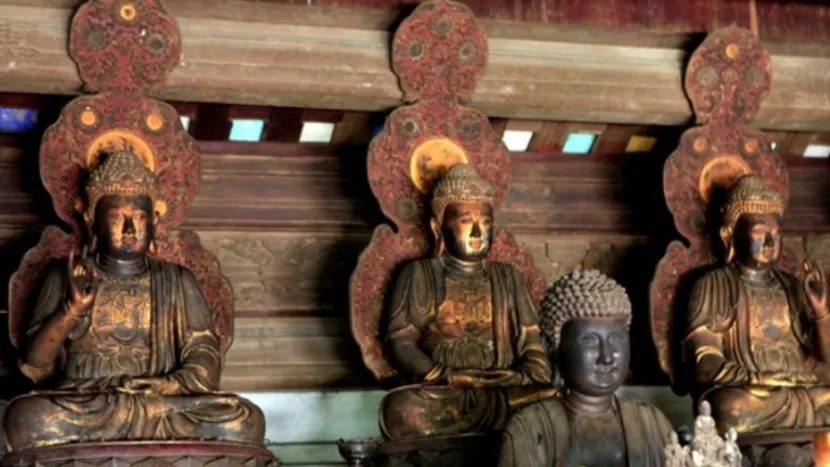
The Tay Phuong Pagoda has many statues known as rare masterpieces of religious sculpture. Surrounding the pagoda are extremely sophisticated sculptures of lotus flowers, chrysanthemums, dragons, phoenixes and tigers made by talented craftsmen in the Chang Son village which is famous for carpentry.
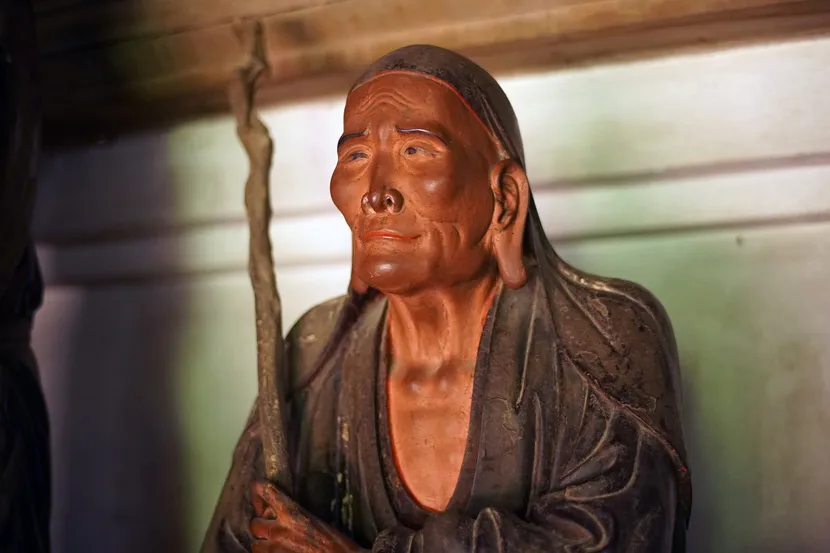
Masterpieces such as 3 statues of the Buddha of the Past, Present and Future, statue of Amitabha Tam Ton, statue of Tuyet Son in the ascetic period and 16 other ancestral statues in realistic style can be seen.
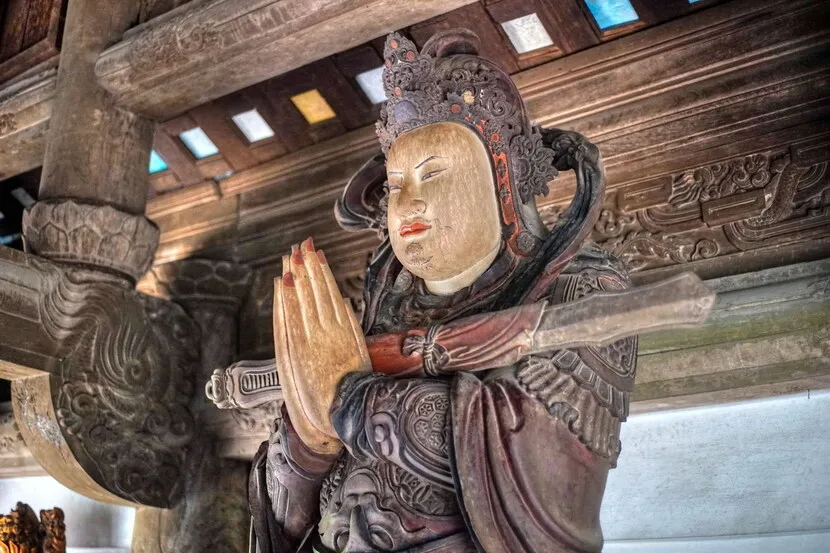
Notably, the Tay Phuong Pagoda also has 18 statues of Arhats with different aspects and facial expressions.
4. Hanoi Tay Phuong Pagoda Festival
The Tay Phuong Pagoda Festival is held on the 6th day of the third lunar month and lasts until the 10th day of the third lunar month with many festival activities attracting tourists.
On the main day of the festival, people from the village go to collect sacred water to perform the Moc Duc ritual (bathing statues) and worship. Visitors to the pagoda on the festival day can participate in popular games such as tug-of-war, wrestling, human chess,...
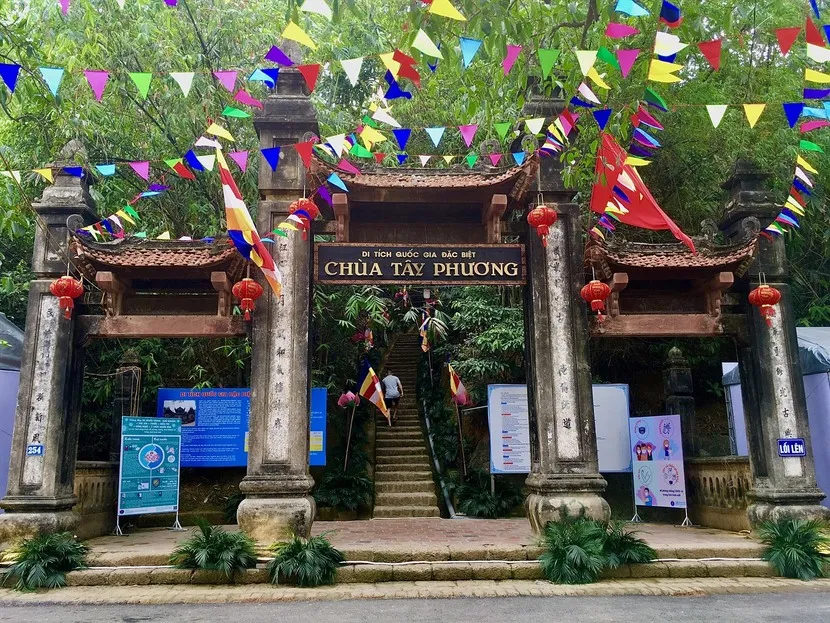
5. Extra notes when arriving at Tay Phuong Pagoda
- The pagoda is a sacred place, so when you come here, you should not dress too colourfully and too short
- Do not touch or take any objects in the pagoda without permission
- Do not step on trees, flowers or tables and chairs in the pagoda
- You should ask the pagoda management for permission in advance if you want to film or take photos
To see more about Hanoi:
>> Bat Trang Ceramic Village at a Glimpse
>> Fullday Hanoi Cultural Tour to Tay Phuong pagoda and Thay pagoda
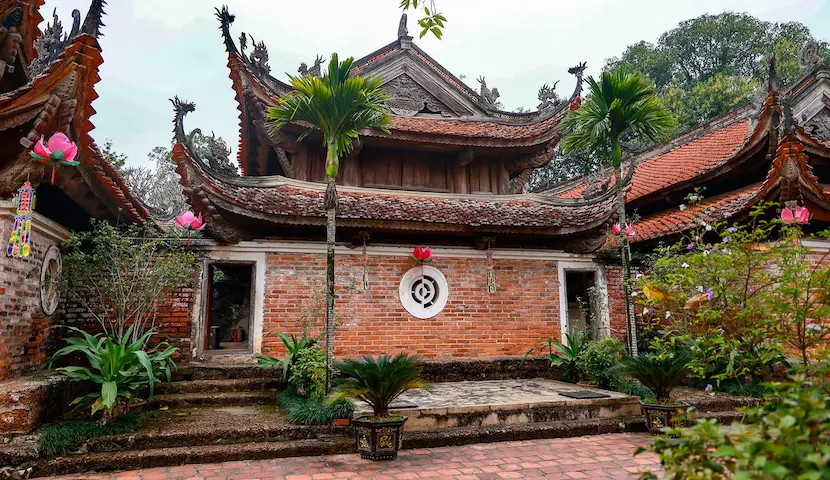








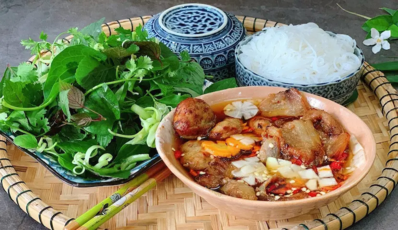
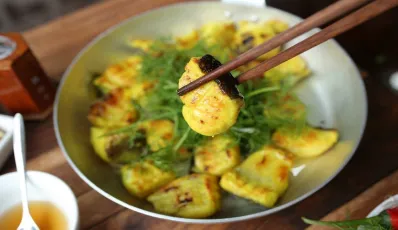


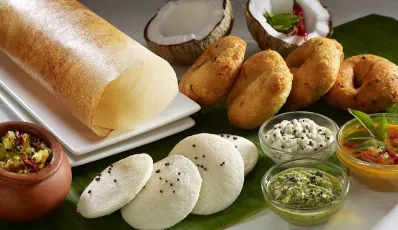
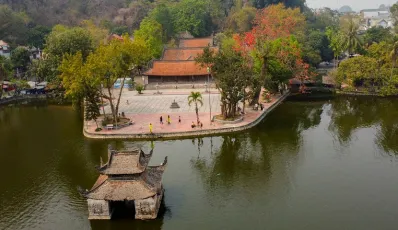






 TRAVELERS' CHOICE 2025
TRAVELERS' CHOICE 2025 


